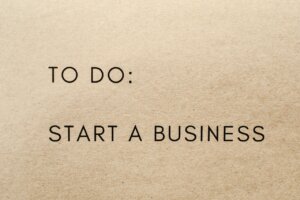The principles of strategy are timeless. The following notes on the essentials of strategy are drawn from the great works of strategy… Sun Tzu’s The Art of War, Napoleon’s Maxims, Clausewitz’ On War. Though dating up to 2,500 years ago, the advice of these strategists is helpful today no matter your competitive landscape, from high tech to agriculture, from manufacturing to government.
1) An effective strategy is deeply understood and shared by the organization.
Genghis Khan’s Mongols defeated far larger armies because they were able to make adjustments on the battlefield despite ancient systems of communication that limited the way orders could be delivered to warriors already in action. The secret was instilling battle strategy in the hearts and minds of all soldiers so that they could make correct tactical decisions without direct supervision or intervention.
Like the mission statement published in your annual report or guiding principles framed in your lobby, a strategic plan itself accomplishes nothing. What matters is whether the people of your organization understand and internalize the strategic direction you have articulated and can make tactical choices on their own. Strategic plans must be articulated in a manner such that operational and tactical decision-making can follow suit.
As a strategist, you must count on the employees or members of your organization to make sound tactical and operational decisions that are aligned with your desired strategic direction. To ensure that these decisions are well made, your articulated strategic direction and strategic plans must be applicable and clearly related to the issues that people face.
Remember that an effective strategy provides a picture of the desired long term future. In order to make sound day to day decisions, all members of the organization must be able to begin with the end in mind. All steps must ultimately keep the company on course toward the long term objective.
2) An effective strategy allows flexibility so that the direction of the organization can be adapted to changing circumstances.
 Watching the rise of Napoleon’s French empire in the first decade of the 19th century, the Prussian generals were anxious to do battle with Napoleon’s army because their soldiers were highly trained and disciplined in battle tactics that had succeeded for Frederick the Great fifty years before. It turned out, though, that the Prussian army was designed to fight “the last war” while Napoleon’s innovations, including soldiers carrying their own provisions instead of the supply train of impedimenta typical of the traditional European armies, allowed Napoleon’s troops to react and adapt to conditions far faster than could the Prussians. When the Battle of Jena–Auersted occurred in 1806, Napoleon’s army out-maneuvered their slow and plodding enemy and destroyed the Prussians in that pivotal confrontation.
Watching the rise of Napoleon’s French empire in the first decade of the 19th century, the Prussian generals were anxious to do battle with Napoleon’s army because their soldiers were highly trained and disciplined in battle tactics that had succeeded for Frederick the Great fifty years before. It turned out, though, that the Prussian army was designed to fight “the last war” while Napoleon’s innovations, including soldiers carrying their own provisions instead of the supply train of impedimenta typical of the traditional European armies, allowed Napoleon’s troops to react and adapt to conditions far faster than could the Prussians. When the Battle of Jena–Auersted occurred in 1806, Napoleon’s army out-maneuvered their slow and plodding enemy and destroyed the Prussians in that pivotal confrontation.
A rigid strategic direction seldom turns out to have been the best course of action. To assure that your business is nimble and able to react to changes in the marketplace, it is essential that your strategy is flexible and adaptable. As a strategist, you will count on timely and accurate information about market conditions. It is essential to build and employ effective mechanisms for observing and listening to what is going on in the competitive environment. Real-time information, in turn must feed on-going strategic and operational shifts and deployments.
3) Effective strategy results from the varied input of a diverse group of thinkers.

Moreover, participants in strategic decision-making must be unafraid to state contrary opinions. In Doris Kearns Goodwin’s excellent book Team of Rivals, she explains how instead of bringing in a cadre of leaders whose thinking closely matched his own, Lincoln made a point of surrounding himself with his political rivals, naming William H. Seward, Salmon P. Chase, Edwin M. Stanton, and Edward Bates – all of whom had opposed Lincoln in a bitterly fought presidential race – as members of his cabinet. Despite initial misgivings, this unlikely team learned that Lincoln valued their opinions, would consider and reflect on their disagreements and challenges, and would not stick unnecessarily to preconceived notions. Though the mix of personalities and opinions inevitably led to debate and verbal conflict, Lincoln was able to facilitate and mediate, tapping into a rich variety of ideas in order to find the optimal solution to political and military issues. Goodwin attributes this ability to manage disagreement and lead an effective decision-making process as perhaps Lincoln’s greatest strength as he led a troubled nation.
To ensure that your strategic team is ready to make effective decisions, look carefully in the mirror. Do you encourage debate, even argument, among your team about key decisions, or do you encourage toeing the company line? Remember that the well documented occurrences of groupthink – Kennedy’s ill-fated bay of Pigs invasion, NASA’s decision to launch the Challenger space shuttle, Bush’s reaction to presumed weapons of mass destruction in Iraq – occur not because of oppressive or stifling leaders. Rather, groupthink tends to occur when leadership groups enjoy collegial and fond relationships, leaving deliberants unwilling to rock the boat, or to voice contrary opinions.
4. An effective strategy follows a thorough and deep analysis of both the external environment and the internal capabilities of the organization.
This is the essence of the famous SWOT model (Strengths, Weaknesses, Opportunities and Threats). The strategist must understand the effects and dynamics of external entities such as competitors, suppliers, regulators and strategic partners. A sound assessment of these external factors leads to a rich understanding of threats to ward off and opportunities to pursue. The strategist must also understand the internal capabilities of his or her organization. A realistic self assessment enables the organization to leverage the strengths of the organization and to shore up areas of weakness.
To take advantage of intelligence gained through a SWOT analysis, the strategist must ensure that intelligence does not sit idle, but is immediately mined for insight that can be used in strategic and operational decision-making. All historical stories of the great strategic achievements of history – from D-Day and the Normandy invasion to Napoleon’s greatest campaigns – include anecdotes of decision-makers poring over maps and data and striving to find the optimal course of direction and events.
5. An effective strategy identifies areas of Competitive Advantage
 Writing in The Art of Wart of War some 2,500 years ago, Sun Tzu postulated two dialectic forces: Zheng is the “ordinary” element that fixes the enemy in place. Qi is the unexpected and devastating blow. Qi is indirect, unorthodox, extraordinary. Qi does not work, though, unless Zheng is able to hold the opponent in place until the decisive blow is struck.
Writing in The Art of Wart of War some 2,500 years ago, Sun Tzu postulated two dialectic forces: Zheng is the “ordinary” element that fixes the enemy in place. Qi is the unexpected and devastating blow. Qi is indirect, unorthodox, extraordinary. Qi does not work, though, unless Zheng is able to hold the opponent in place until the decisive blow is struck.
To put this in the context of today’s competitive dynamics, understand that many aspects of business must be held at parity across a wide swipe of the competitive landscape. In business, this is called the “business essential” elements of organizational design. You don’t need to be world class at mundane business practices that are not your distinctive competence, but you must maintain standards of work equal to that of your competitors. That is, the organization must maintain parity with competitors in the ordinary and mundane matters.
But at the same time, every successful organization is able to explicate an audacious Qi or extraordinary force. You must be world calls at something that differentiates you from the competition. Moreover, all members of the organization must keep the uniqueness of their company in the forefront, always keeping competitive advantages unharnessed in order to compete in a vigorous manner. In short, every strategic plan must educate the full organizational team how it must use carefully identified competitive advantages in order to compete and win.
//
———————————————————————————
Mark Rhodes is a highly experienced organizational strategy and design consultant with Strategy By Design. You can reach him via email at markrho@mindspring.com.













